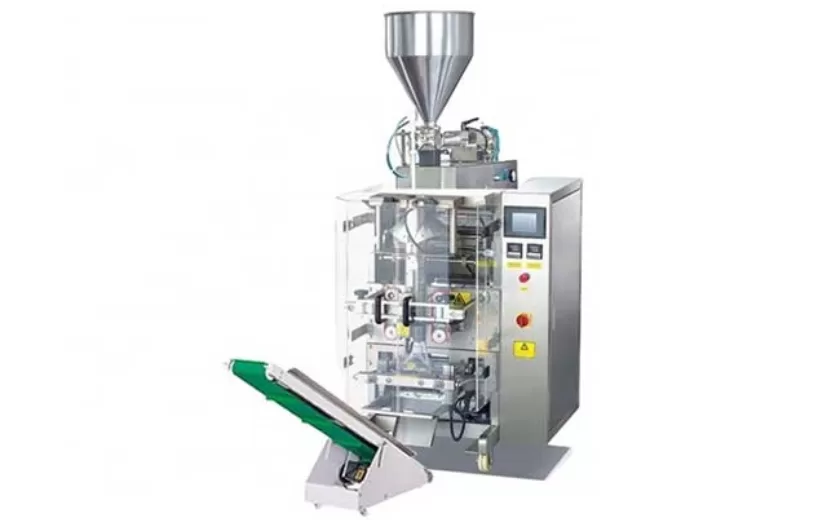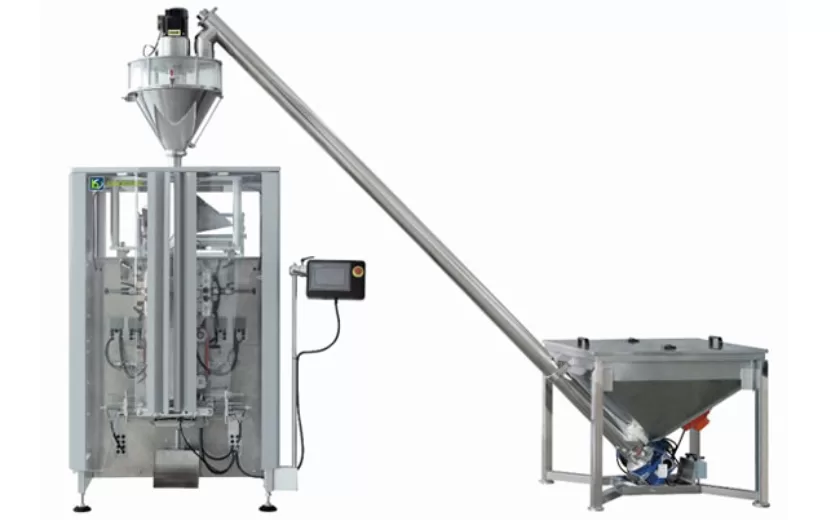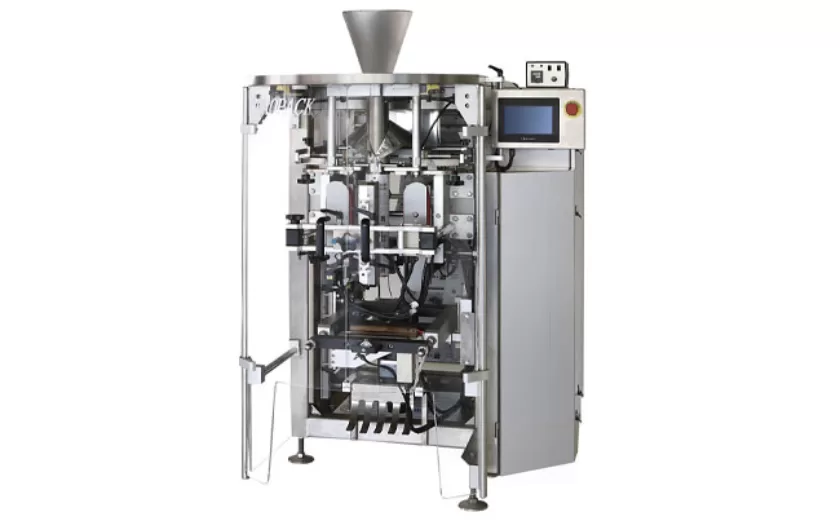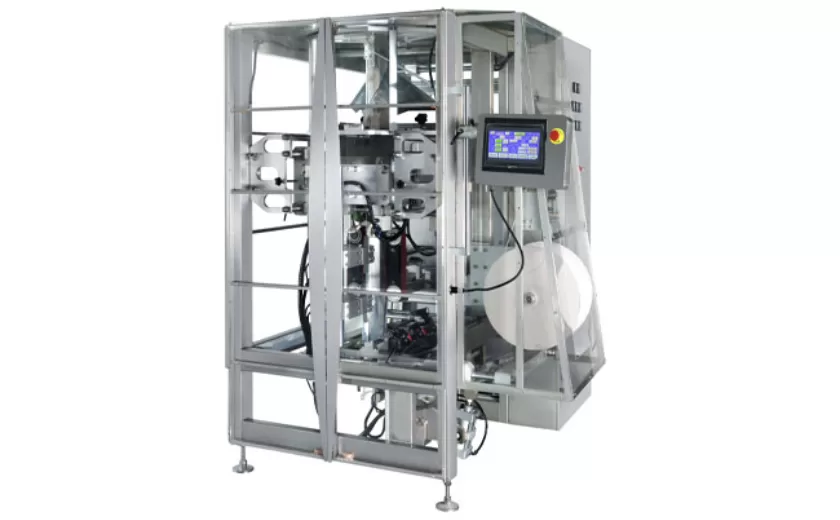What Are the Key Features of Modern Auger Powder Filling Machines?
Auger powder filling machines are widely used in various industries, including food, pharmaceutical, and chemical, for filling powders into containers accurately and efficiently. Modern auger powder filling machines are equipped with advanced features to improve precision, efficiency, and hygiene. This article explores the key features of modern auger powder filling machines, providing insights into their capabilities and benefits.
Modern auger powder filling machines employ sophisticated control systems and high-precision augers to achieve accurate and consistent fill weights. The augers are designed with specific dimensions and pitch to ensure precise powder flow and optimal volume control. Electronic feedback loops monitor and adjust the auger speed and rotation, compensating for variations in powder density and flow characteristics. This results in minimal weight variations and reduced waste, contributing to overall efficiency and product quality.
Auger powder filling machines are designed with a focus on hygiene and sanitation to meet the stringent requirements of various industries. They are constructed from food-grade materials that resist corrosion and prevent contamination. The machines typically feature smooth surfaces and minimal crevices to eliminate areas where powder can accumulate and bacteria can grow. Additionally, the machines can be easily disassembled for thorough cleaning and maintenance, ensuring optimal sanitation practices.
Efficiency and Speed
Modern auger powder filling machines are engineered for high efficiency and speed to maximize productivity. The augers are designed to minimize powder bridging and flow interruptions, allowing for continuous and uninterrupted filling. Advanced control systems optimize auger speed and rotation to increase filling speeds without compromising accuracy. Furthermore, the machines can be equipped with multiple filling heads to simultaneously fill multiple containers, significantly increasing throughput.
Auger powder filling machines are highly versatile and can be configured to handle a wide range of powder types and container sizes. They can be adjusted to accommodate different powder densities, flow properties, and fill weights. The machines are compatible with various container shapes and sizes, from small vials to large bags. This flexibility allows for seamless integration into different production lines and enables manufacturers to fill a variety of products with a single machine.
Automation and Control
Modern auger powder filling machines are highly automated to minimize manual intervention and improve efficiency. They are equipped with programmable logic controllers (PLCs) that monitor and control the entire filling process. Operators can easily set fill parameters, such as fill weight, speed, and cycle time, through user-friendly interfaces. This automation reduces the risk of errors and ensures consistent performance, leading to increased productivity and cost savings.
Modern auger powder filling machines employ sophisticated control systems and high-precision augers to achieve accurate and consistent fill weights. The augers are designed with specific dimensions and pitch to ensure precise powder flow and optimal volume control. Electronic feedback loops monitor and adjust the auger speed and rotation, compensating for variations in powder density and flow characteristics. This results in minimal weight variations and reduced waste, contributing to overall efficiency and product quality.
Auger powder filling machines are designed with a focus on hygiene and sanitation to meet the stringent requirements of various industries. They are constructed from food-grade materials that resist corrosion and prevent contamination. The machines typically feature smooth surfaces and minimal crevices to eliminate areas where powder can accumulate and bacteria can grow. Additionally, the machines can be easily disassembled for thorough cleaning and maintenance, ensuring optimal sanitation practices.
Efficiency and Speed
Modern auger powder filling machines are engineered for high efficiency and speed to maximize productivity. The augers are designed to minimize powder bridging and flow interruptions, allowing for continuous and uninterrupted filling. Advanced control systems optimize auger speed and rotation to increase filling speeds without compromising accuracy. Furthermore, the machines can be equipped with multiple filling heads to simultaneously fill multiple containers, significantly increasing throughput.
Auger powder filling machines are highly versatile and can be configured to handle a wide range of powder types and container sizes. They can be adjusted to accommodate different powder densities, flow properties, and fill weights. The machines are compatible with various container shapes and sizes, from small vials to large bags. This flexibility allows for seamless integration into different production lines and enables manufacturers to fill a variety of products with a single machine.
Automation and Control
Modern auger powder filling machines are highly automated to minimize manual intervention and improve efficiency. They are equipped with programmable logic controllers (PLCs) that monitor and control the entire filling process. Operators can easily set fill parameters, such as fill weight, speed, and cycle time, through user-friendly interfaces. This automation reduces the risk of errors and ensures consistent performance, leading to increased productivity and cost savings.
Auger powder filling machines are designed with a focus on hygiene and sanitation to meet the stringent requirements of various industries. They are constructed from food-grade materials that resist corrosion and prevent contamination. The machines typically feature smooth surfaces and minimal crevices to eliminate areas where powder can accumulate and bacteria can grow. Additionally, the machines can be easily disassembled for thorough cleaning and maintenance, ensuring optimal sanitation practices.
Efficiency and Speed
Modern auger powder filling machines are engineered for high efficiency and speed to maximize productivity. The augers are designed to minimize powder bridging and flow interruptions, allowing for continuous and uninterrupted filling. Advanced control systems optimize auger speed and rotation to increase filling speeds without compromising accuracy. Furthermore, the machines can be equipped with multiple filling heads to simultaneously fill multiple containers, significantly increasing throughput.
Auger powder filling machines are highly versatile and can be configured to handle a wide range of powder types and container sizes. They can be adjusted to accommodate different powder densities, flow properties, and fill weights. The machines are compatible with various container shapes and sizes, from small vials to large bags. This flexibility allows for seamless integration into different production lines and enables manufacturers to fill a variety of products with a single machine.
Automation and Control
Modern auger powder filling machines are highly automated to minimize manual intervention and improve efficiency. They are equipped with programmable logic controllers (PLCs) that monitor and control the entire filling process. Operators can easily set fill parameters, such as fill weight, speed, and cycle time, through user-friendly interfaces. This automation reduces the risk of errors and ensures consistent performance, leading to increased productivity and cost savings.
Auger powder filling machines are highly versatile and can be configured to handle a wide range of powder types and container sizes. They can be adjusted to accommodate different powder densities, flow properties, and fill weights. The machines are compatible with various container shapes and sizes, from small vials to large bags. This flexibility allows for seamless integration into different production lines and enables manufacturers to fill a variety of products with a single machine.
Automation and Control
Modern auger powder filling machines are highly automated to minimize manual intervention and improve efficiency. They are equipped with programmable logic controllers (PLCs) that monitor and control the entire filling process. Operators can easily set fill parameters, such as fill weight, speed, and cycle time, through user-friendly interfaces. This automation reduces the risk of errors and ensures consistent performance, leading to increased productivity and cost savings.
-
High-Performance Liquid Filling and Packing Machines for Hygienic Production
10-10-2025 -
High-Efficiency Granule Packaging Machines for Precision and Speed
10-10-2025 -
High-Precision Auger Type Powder Filling Machines for Efficient Packaging
10-10-2025 -
Efficient Vertical Form Fill Seal Packaging Machines for Smart Production
10-10-2025 -
Vertical Form Fill Seal Machine Solutions for Efficient Packaging
10-10-2025 -
Efficient Packaging Solutions with Advanced Vertical FFS Machines
10-10-2025 -
Vertical FFS Machine Solutions for Efficient Packaging
30-09-2025 -
Vertical Form Fill Seal Packaging Machines: Reliable Solutions for Modern Production
30-09-2025 -
Advanced Vertical Packaging Solutions for High-Efficiency Production
30-09-2025 -
Reliable Packaging Solutions with Vertical FFS Machines
16-09-2025










